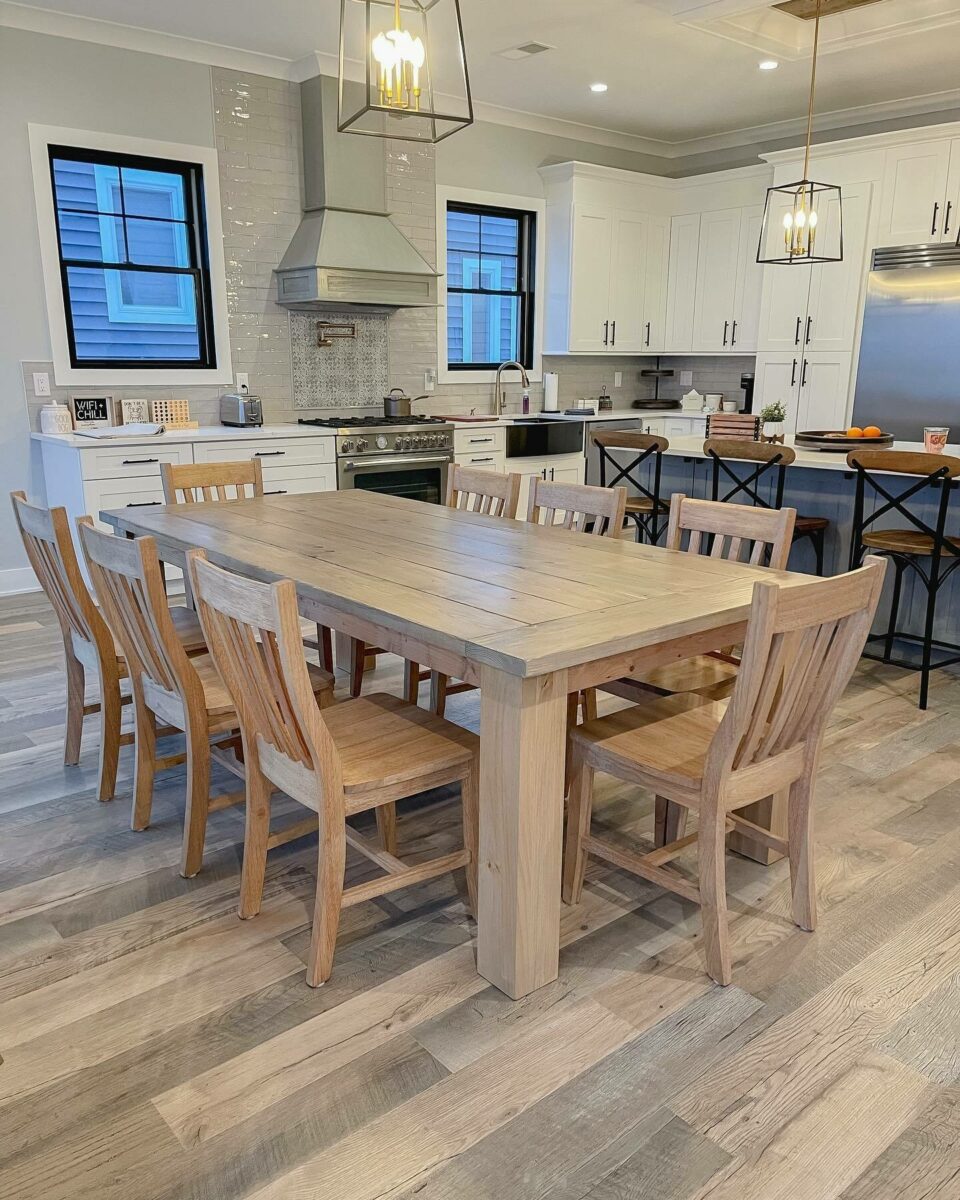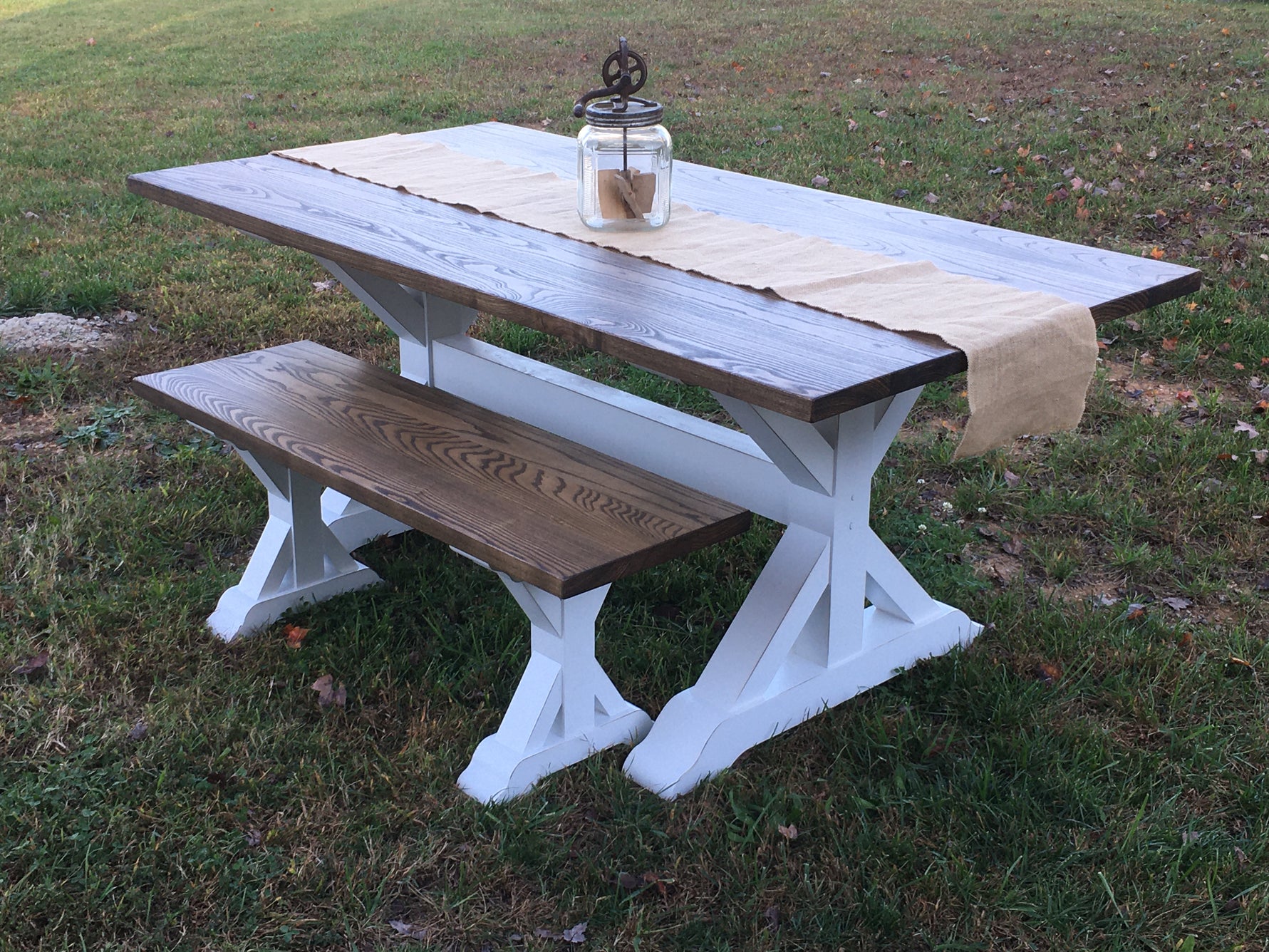Long lasting Workmanship in Every Item of Dining Table Legs Wood Available
Long lasting Workmanship in Every Item of Dining Table Legs Wood Available
Blog Article
Discovering the Various Types of Dining Table Legs Wood for Your Dining Space
The option of eating table legs timber can greatly affect both the aesthetic and useful high qualities of your eating room. Strong wood choices, such as oak and walnut, give a classic look with unmatched durability, while engineered wood alternatives provide ingenious layouts that resemble the splendor of all-natural grains.
Strong Timber Options

Unlike engineered materials, strong timber is much less susceptible to warping and damage over time when properly maintained. Each item of strong timber is one-of-a-kind, showcasing private attributes that add to the charm and personality of the dining table.
Additionally, solid timber can be completed in various means, varying from all-natural oils to discolored coatings, allowing property owners to personalize their furniture to match their decor. In recap, picking solid timber for eating table legs not just makes sure structural integrity but additionally improves the visual appeal of the eating location, making it a worthwhile investment for any home.
Engineered Timber Alternatives

Plywood, created from numerous layers of timber veneer, is steady and particularly solid, making it a superb option for dining table legs. Its split composition permits it to endure modifications in humidity and temperature level better than traditional solid wood. MDF, on the various other hand, supplies a smooth surface area for painting or veneering, allowing designers to attain a sleek appearance while maintaining architectural stability.
Particleboard, often made use of in budget-friendly alternatives, supplies respectable stamina and is lightweight, making it easier to take care of. Nonetheless, it may not be as resilient as plywood or MDF. When selecting engineered wood choices, it is necessary to think about the designated use and desired visual. These materials not only enhance the capability of eating rooms yet additionally permit greater style versatility, ensuring that contemporary and traditional styles can exist together harmoniously.
Reclaimed Timber Features
Reclaimed timber offers an unique mix of sustainability and personality, making it an increasingly popular option for dining table legs. Sourced from old barns, factories, and other structures, redeemed wood embodies a history that brand-new products just can not duplicate. Each item lugs its very own tale, noted by unique imperfections, knots, and varying grain patterns, which contribute to a table's one-of-a-kind aesthetic appeal.
Along with its visual charm, reclaimed timber is an eco friendly alternative. By repurposing formerly utilized materials, it lowers the need for brand-new lumber, thus helping to minimize and conserve woodlands waste. This lines up with a growing consumer choice for sustainable techniques in decor.
Additionally, reclaimed wood is commonly much more long lasting than recently collected timber because of its age. The all-natural drying procedure that recovered wood undertakes cause a denser and more powerful material, making it less at risk to warping and splitting. This boosts the long life of dining tables, permitting them to endure the rigors of daily usage.
Softwood vs. Hardwood
When selecting eating table legs, comprehending the distinctions between softwood and wood is vital for achieving both functional and aesthetic goals. Softwoods, originated from coniferous trees, such as pine and cedar, are defined by their lighter weight and simplicity of adjustment. They normally show a more rustic top article appearance, making them appropriate for laid-back or country-style eating areas. Nonetheless, softwoods are generally less resilient than woods, which can be a factor to Click Here consider for households or those looking for longevity in their furniture.
On the various other hand, hardwoods, sourced from deciduous trees like oak, maple, and cherry, are renowned for their density, stamina, and durability. The complex grain patterns and rich colors of woods supply a timeless and sophisticated allure, making them suitable for official eating settings. While hardwoods have a tendency to be extra pricey and larger, their strength versus wear and tear typically validates the investment.
Ultimately, the option between softwood and hardwood for eating table legs ought to align with your design vision, use requirements, and budget, guaranteeing that your eating area shows your individual style while remaining practical gradually.

Finishes and Treatments
The aesthetic appeal and longevity of table legs can be substantially boosted via numerous coatings and therapies. These procedures not just shield the wood from damages yet additionally raise its appearance, enabling it to complement varied interior styles.
One usual therapy is tarnishing, which passes through the timber and improves its natural grain while adding color. Discolorations provide a rich, stylish look, making it possible for house owners to match their furniture with existing design. Conversely, clear coatings such as polyurethane or varnish produce a protective layer without modifying the timber's initial color, making sure toughness against damage.
Additionally, all-natural oils, like tung or linseed oil, nourish the timber and use a refined sheen, all while being environmentally friendly. These oils allow the surface to take a breath, protecting against wetness build-up and prospective warping.
For those looking for a rustic charm, weathered or troubled coatings can be put on create an aged look, including personality to the piece. Inevitably, the choice of therapies and surfaces relies on personal choice, preferred aesthetic appeals, and the specific timber kind, making it necessary to take into consideration these elements when picking eating table legs for your area.
Verdict
To conclude, the option of table leg products dramatically affects both the functional and visual elements of an eating space. Solid timbers, crafted alternatives, and recovered options each deal distinct advantages, catering to various choices and demands. Understanding the differences in between softwoods and hardwoods, together with appropriate surfaces and therapies, allows for educated decision-making. Eventually, the selection of timber kind should align with preferred design, resilience, and environmental factors to consider, enhancing he has a good point the overall dining experience.
The selection of eating table legs timber can exceptionally impact both the functional and aesthetic top qualities of your eating room - Dining Table Legs Wood. Strong wood choices, such as oak and walnut, offer a classic look with unmatched longevity, while crafted wood options provide innovative designs that simulate the splendor of natural grains. Solid timber provides a classic high quality that can boost the total style of a dining room. Each piece of solid timber is one-of-a-kind, showcasing private attributes that add to the charm and character of the eating table
Additionally, reclaimed timber is usually more sturdy than recently harvested timber due to its age.
Report this page